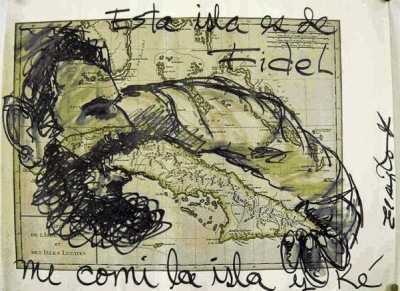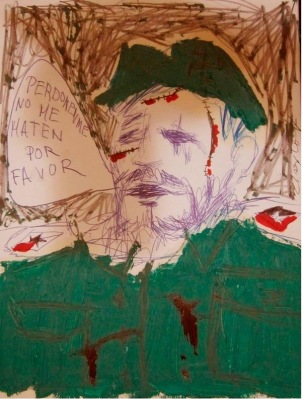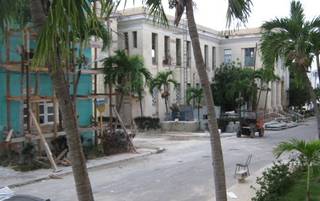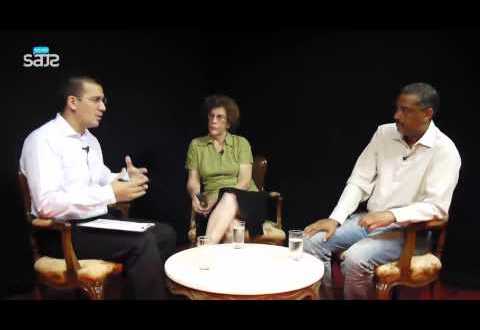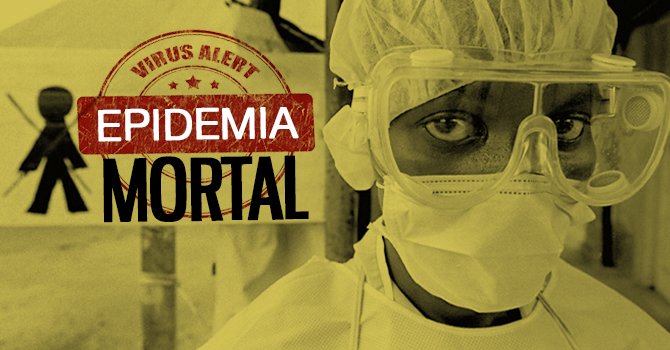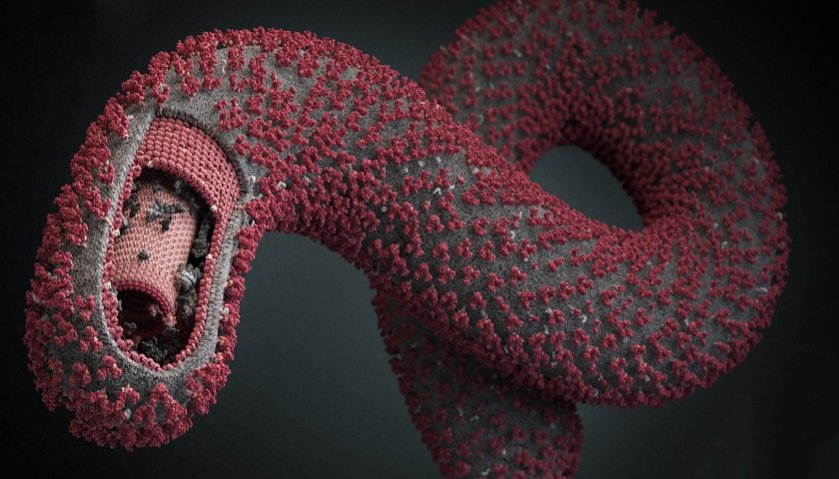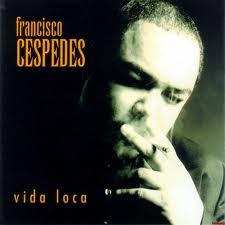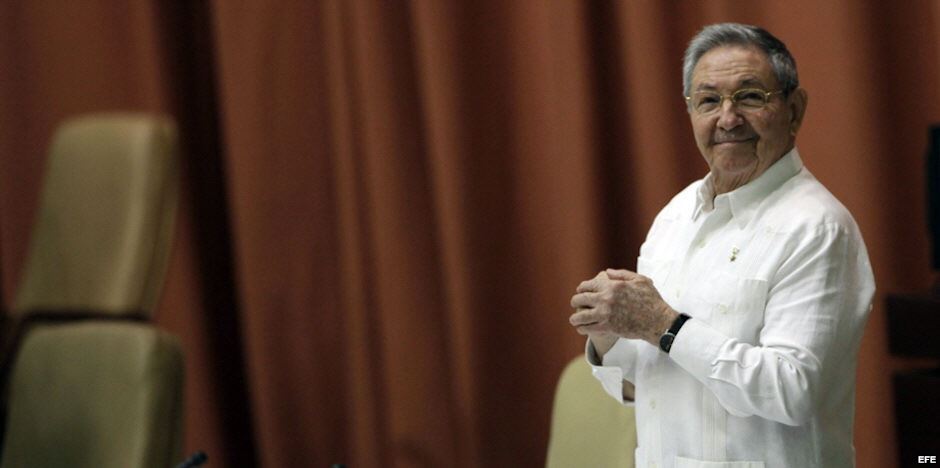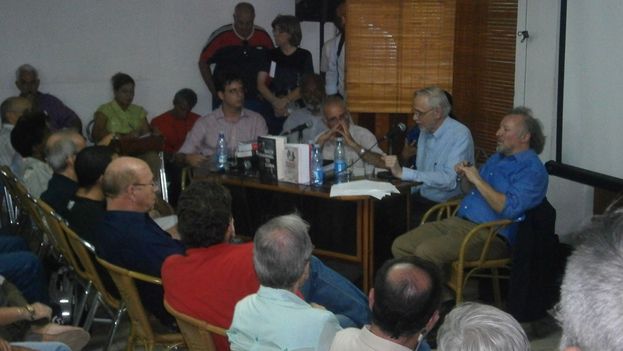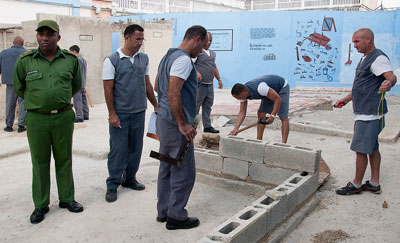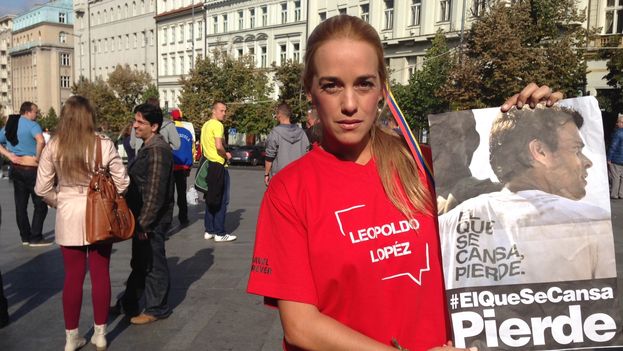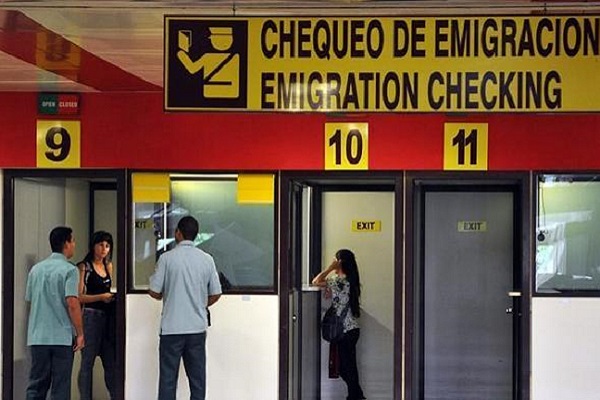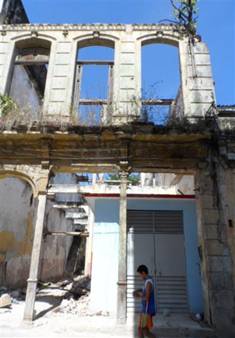The egos and grandstanding are projecting an uncertain outlook within the peaceful opposition in Cuba. It’s like a symphony orchestra without a conductor, where musicians play their own tunes.
It’s not for lack of political programs that Cuban activists cede space. They are overflowing with ideas, projects and platforms aimed at democratic change. Some are more consistent than others.
And although all platforms and political parties are entitled to have their doctrines and programs, the reality in Cuba has demonstrated the ineffectiveness of dissident theses.
Born deformed as a matter of genesis. They have no popular support. There are ever fewer reports about them in the Florida media, the Spanish press and the BBC. continue reading
Indeed, to be an opponent on the island is an act of unquestionable value. Hanging in the air of the Republic is a dark law that sanctions with up to twenty years behind bars those who oppose the regime or write without permission.
But the repression, fierce or subtle, the lack of public space, has transformed the dissidents into a group of coffee klatchers, without support in their neighborhoods.
The evidence of their incompetence is that they’re out of sync with the average Cuban. Never before in the 55 years of the Castro brothers’ government, has the percentage the citizenry who disapprove been higher.
Any survey or conversation with people on the street serves to confirm it. But political proselytizing has failed to organize that anger.
Their interests are different although they sound analogous. Carlos, a carpenter, also wants democracy. He feels that the military autocracy has hijacked the future of his family with unfulfilled promises. Be he has no confidence in the discourse and narrative of the Cuban opposition.
In the old taxis in Havana, in the lines for bureaucratic paperwork, or at a baseball stadium, people talk to you without hesitation about a radical change to improve the economy and the precarious quality of life.
Some have read or heard about an opposition paper. But it does not excite them. They see it as distant as a government minister. Although the dissidents are neighbors on their same block, they have done little for his district or municipality.
They are disconnected, like a cosmonaut from the Earth. The particular world of dissent is to generate news, report meetings, make suggestions or report police abuse, but they lack a basic foundation to become legitimate actors for the future that is upon us.
The fate of the Island will be decided in the next five years. Perhaps earlier. The great majority of those in European Union, the United States and Latin America also want a democratic Cuba.
But the opposition’s raw material to manage the future is tenuous. So the strategy of the international community is to agree to a bizarre transition from totalitarianism to authoritarianism with Castro supporters. According to their perception, it is the least bad way.
On issues ranging from the repression to the shamelessness, the opposition has degenerated into a “swallow” dissent who at the first change ask for political asylum, preferably in the United States.
Those who remain are tough, but have adapted to the rules dictated by the regime.
There is an unwritten law of what can be done within the magical realism of autocracy.
The elderly rulers have gone from an anachronistic and authoritarian totalitarian system to another with a veneer of modernity and more flexible laws.
In 2014 you won’t be sent to prison for writing articles critical of the government. The most that will happen is a short detention in a police dungeon, an act of repudiation, or screams on the public street from an enraged assassin.
Depending on the circumstances, the dissidence is allowed to hold discussions, forums and debates in private homes. For two years, just for dissenting, Sonia Garro and her husband Ramón Alejandro Munoz, both black, have been held in jail. Another dozen activists are also prisoners or awaiting sentencing.
But the playing field is much wider today than before 2003. Since February 2013, most opponents and independent journalists are allowed to travel abroad.
A golden opportunity for more effective political lobbying. And they are not taking advantage of it. Everything stays in sterile encounters. Probably the most consistent program is led by Antonio G. Rodiles with his Citizen Demand For Another Cuba.
(http://www.porotracuba.org/demanda-citizen-by-another-Cuba-2/).
It is reasonable, because it has a grip on reality and not in the political science fiction of other groups with their outlandish appeals. Rodiles uses a primary logic.
If we want Cuba to change, the government must ratify the United Nations’ international covenants signed in 2008. This is the gateway to legalizing a future civil society where, in addition to freedoms and human rights, there is political pluralism.
All opponents should support Rodiles and the Campaign for Another Cuba. But egos and grandstanding prevails. Each dissident leader is surrounded by a cloud of minions who defend their project as if it were an island under siege.
In turn, they attack and discredit contrary proposals. The worst of these brawls is that they don’t generate any credible proposals. Just bluster and platitudes. And behind them are the special services with their strategy of division.
Unfortunately, the Lades in White, an organization whose street marches in 2010 forced the government to release the 75 dissidents imprisoned in the 2003 Black Spring, has been split by intrigues and intemperate personalities.
This scrapping also extends to other dissident groups. More than an internal crisis or one of leadership, the Cuban opposition suffers from paralysis and the inability to join with the citizens.
When I read that some opposition groups claim to have the support of thousands of followers, I don’t know whether to laugh or cry. An event that triggers a massive protest needs capable leaders Any event that triggers a massive protest only need capable leaders. And that is what we’re lacking.
Iván García
Photo: Antonio G. Rodiles, Coyula Regina and Ivan Garcia in a panel of independent journalism in Cuba organized by Estado de SATS in Havana on September 4, 2014.
9 October 2014
